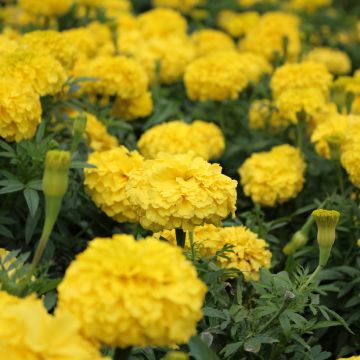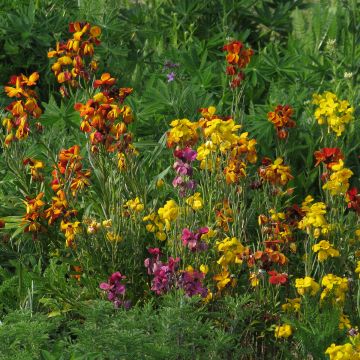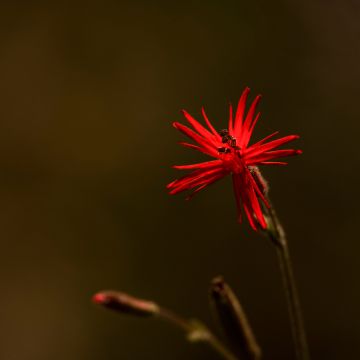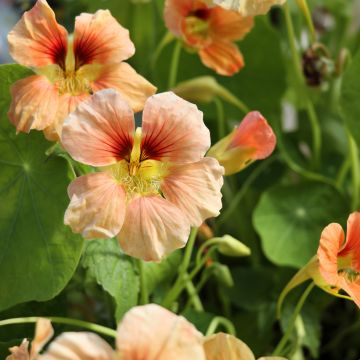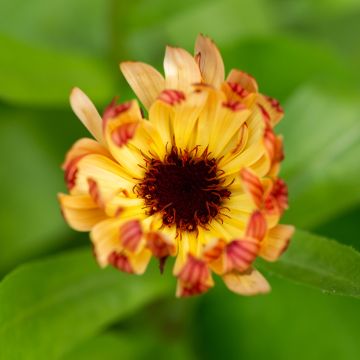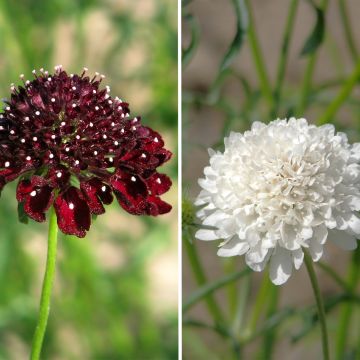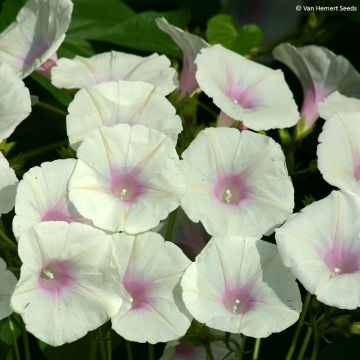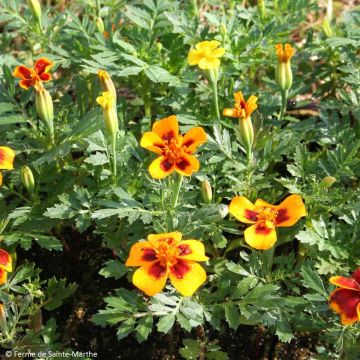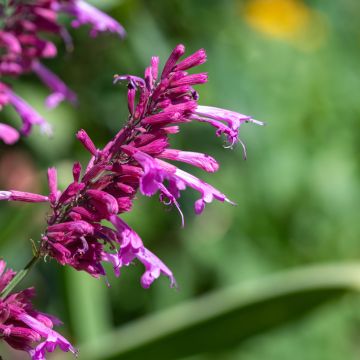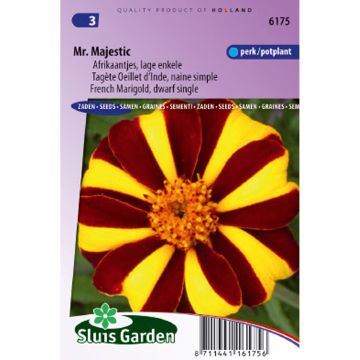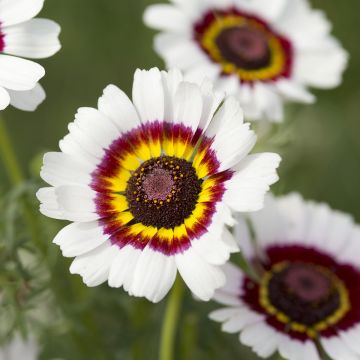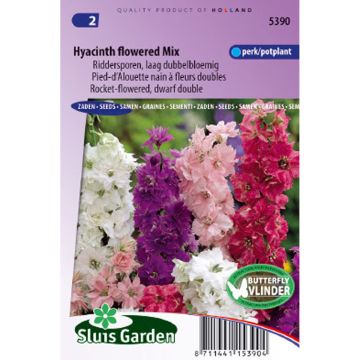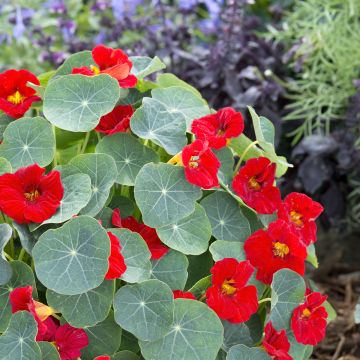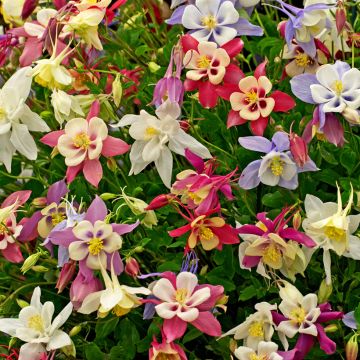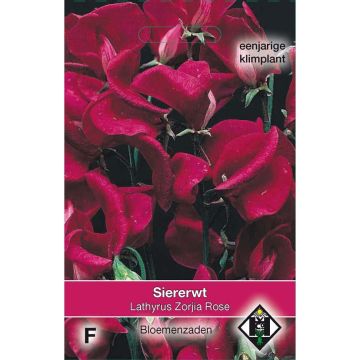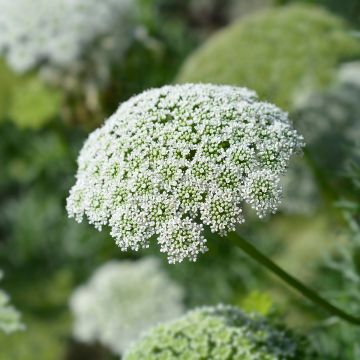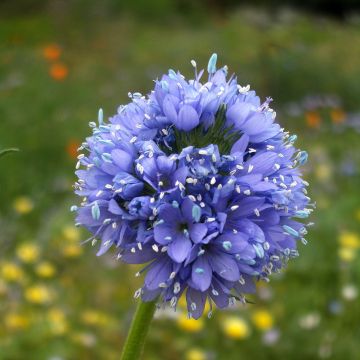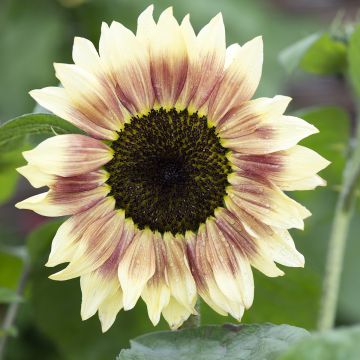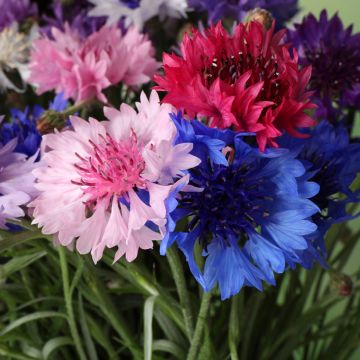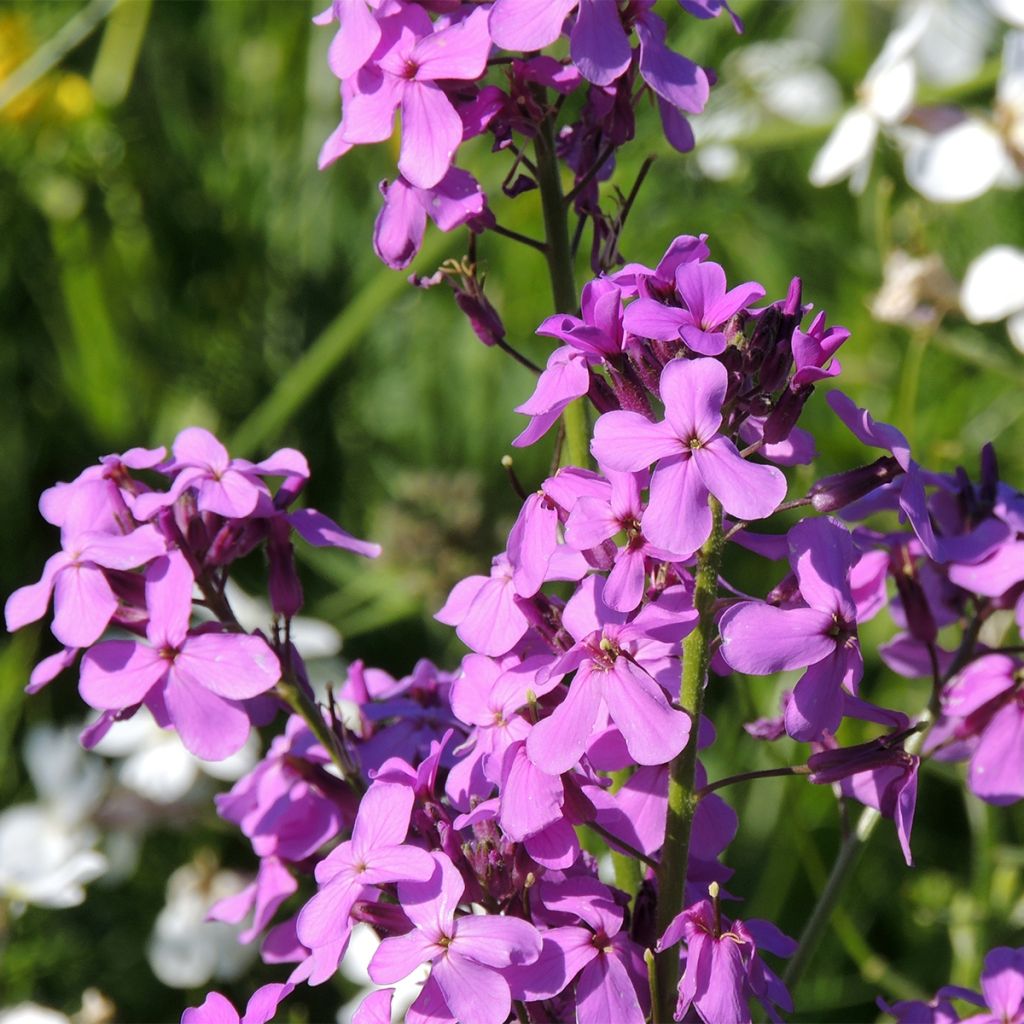

Graines de Julienne des Dames - Hesperis matronalis
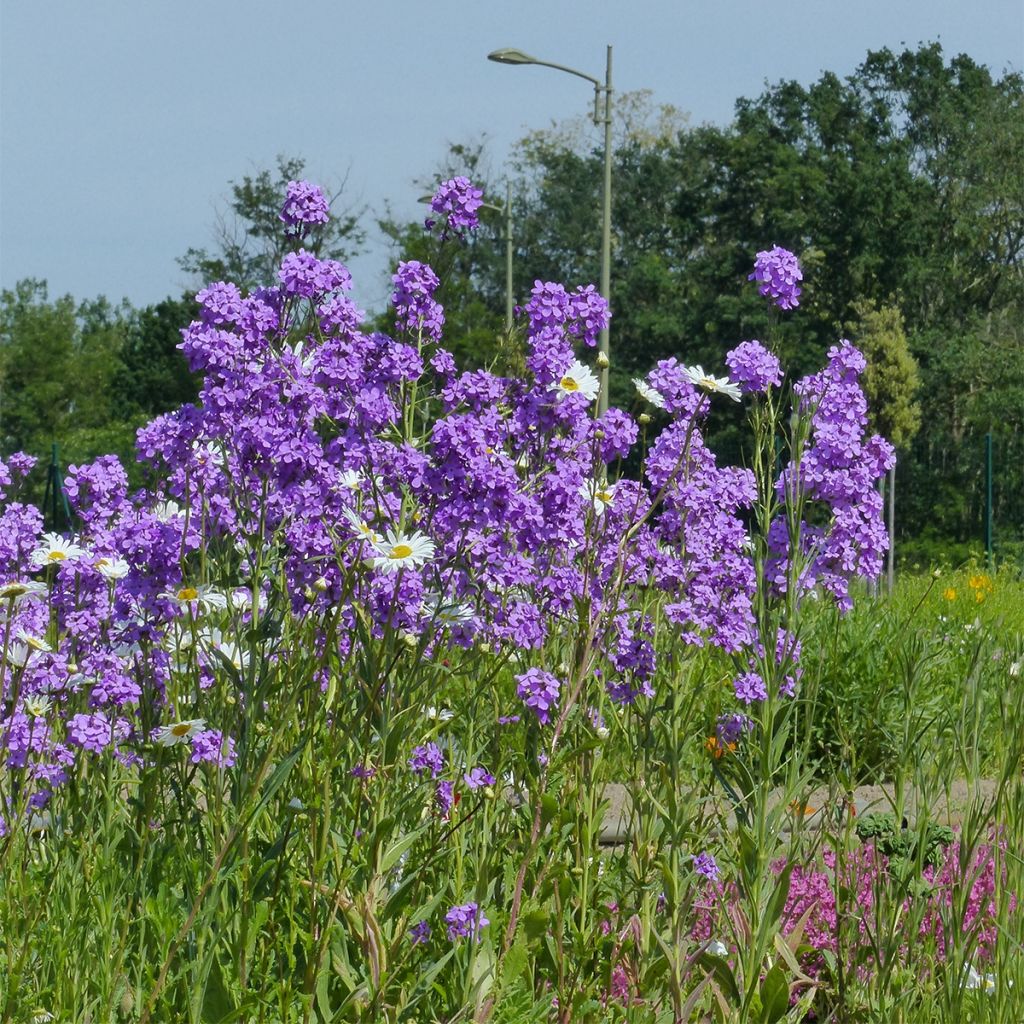

Graines de Julienne des Dames - Hesperis matronalis
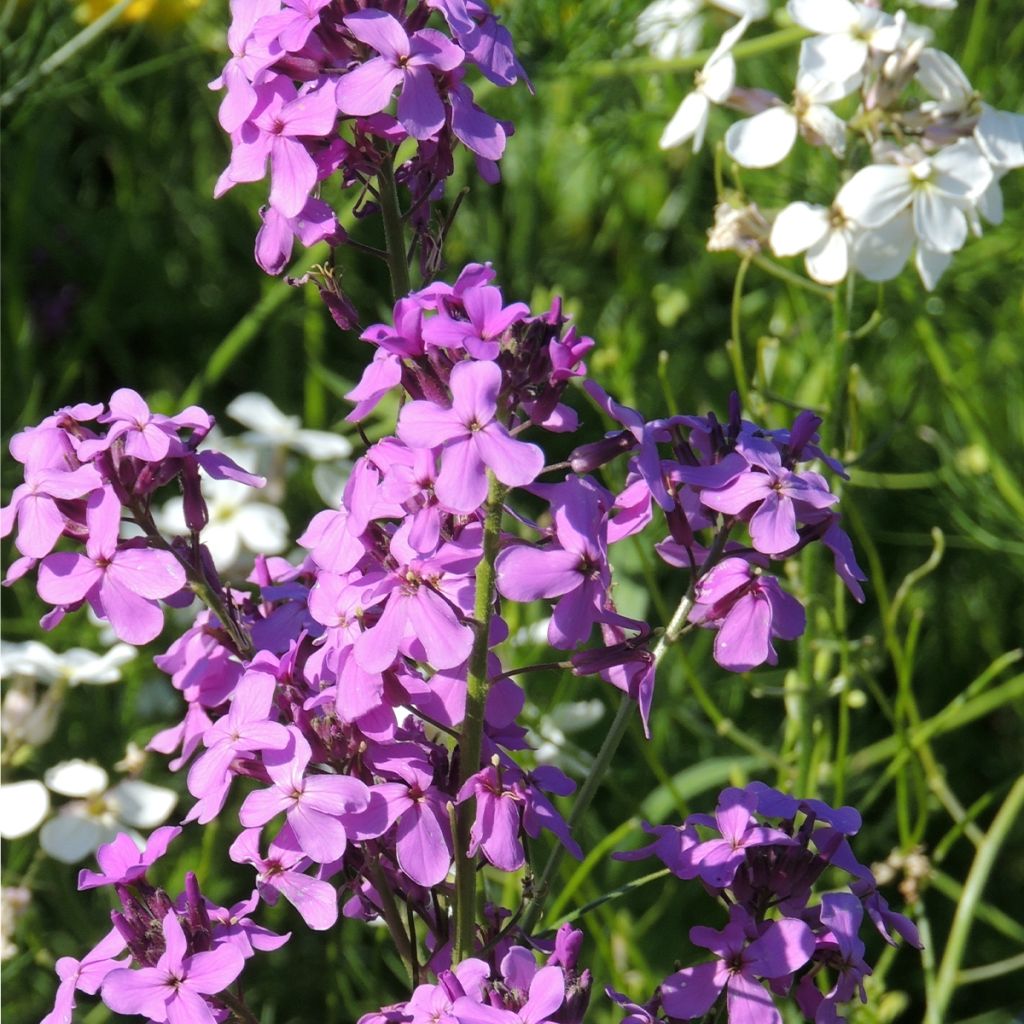

Graines de Julienne des Dames - Hesperis matronalis
Hesperis matronalis - Dame's Violet seeds
Hesperis matronalis
Dame's Rocket, Damask Violet, Dame's Violet, Night-scented Gilliflower, Queen's Gilliflower, Summer Lilac, Sweet Rocket, Mother-of-the-evening, Winter Gilliflower
This item cannot be shipped to the selected country
Dispatch by letter from €3.90
More information
Schedule delivery date,
and select date in basket
This plant carries a 6 months recovery warranty
More information
We guarantee the quality of our plants for a full growing cycle, and will replace at our expense any plant that fails to recover under normal climatic and planting conditions.
Seed-only orders are dispatched by sealed envelope. The delivery charge for seed-only orders is €3.90.

Does this plant fit my garden?
Set up your Plantfit profile →
Description
Cultivated as an annual or biennial, Hesperis matronalis, also known as Dame's Rocket or Garden Rocket, is an essential plant in the scented garden. It produces branched inflorescences of flowers ranging from white to lilac, solid or variegated with mauve which are wonderfully fragrant in the evening, on a vibrant green and rough foliage. It is beneficial to bees and butterflies and thrives in wildflower beds, requiring very little maintenance. It prefers partial shade, in ordinary soil where it will readily self-seed.
Dame's Rocket is a plant belonging to the brassicaceae family, like rapeseed or mustard. It is native to central and southern Europe, as well as northern and western Asia. Although theoretically a perennial, it is most commonly grown as a biennial. This herbaceous plant has an upright, sparsely branched habit, except in its upper part, reaching a height of 60 to 80 cm (24 to 32in) when in flower, with a diameter of 30 cm (12in), with a rapid growth rate. Its foliage is deciduous, dark green with toothed margins. It consists of large alternate, lanceolate leaves without petioles. Flowering occurs from mid-spring to summer. The delicately fragrant flowers are nectar-rich and visited by bees and butterflies which ensure pollination. The flowers are produced in terminal clusters of small, single flowers with 4 sepals, 4 petals, and 6 stamens, mostly mauve to purple, sometimes white and occasionally variegated. The fruits are small siliques.
Dame's Rocket readily self-seeds, and it is not uncommon to find plants at a significant distance from the original plant. For this reason, it is well-suited to "wild" type gardens. It thrives near pathways and openings, allowing you to enjoy its delightful stock-like fragrance on summer evenings. It is often overlooked, but it can easily be grown in containers in groups of 3 or 4 plants. For example, you can associate them with daffodils and tulips, or create an impressionist tableau, like Monet's garden in Giverny, with garden irises, snapdragons, bellflowers, or goldenrods.
Properties and uses: The fragrance and pastel colour of the flowers make it suitable for potpourri. The young leaves and flowers are edible, but they may be slightly bitter.
Report an error about the product description
Hesperis matronalis - Dame's Violet seeds in pictures
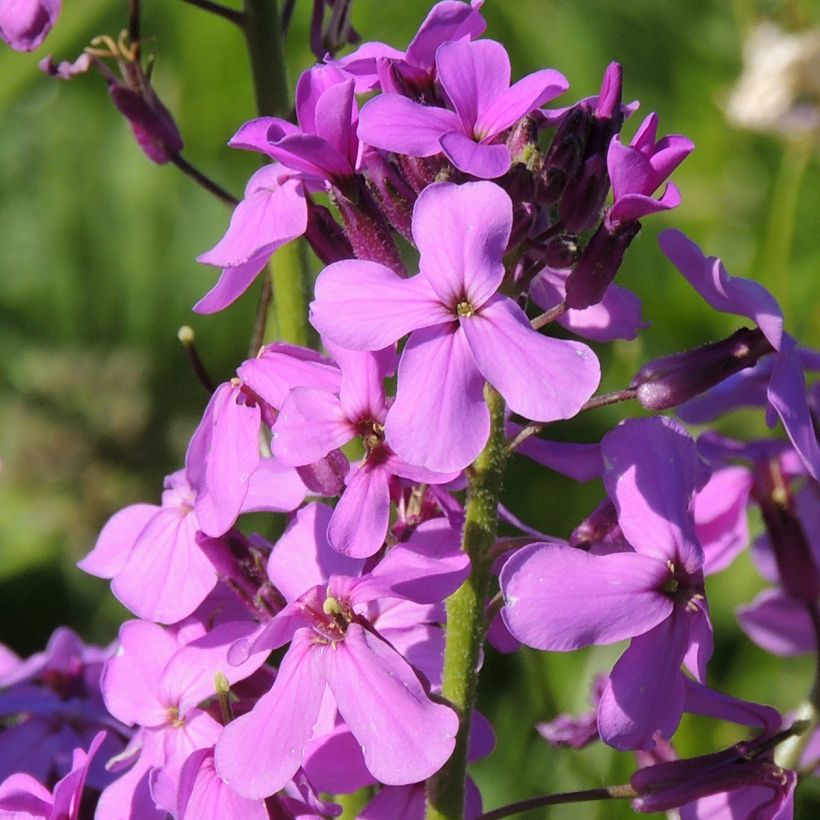

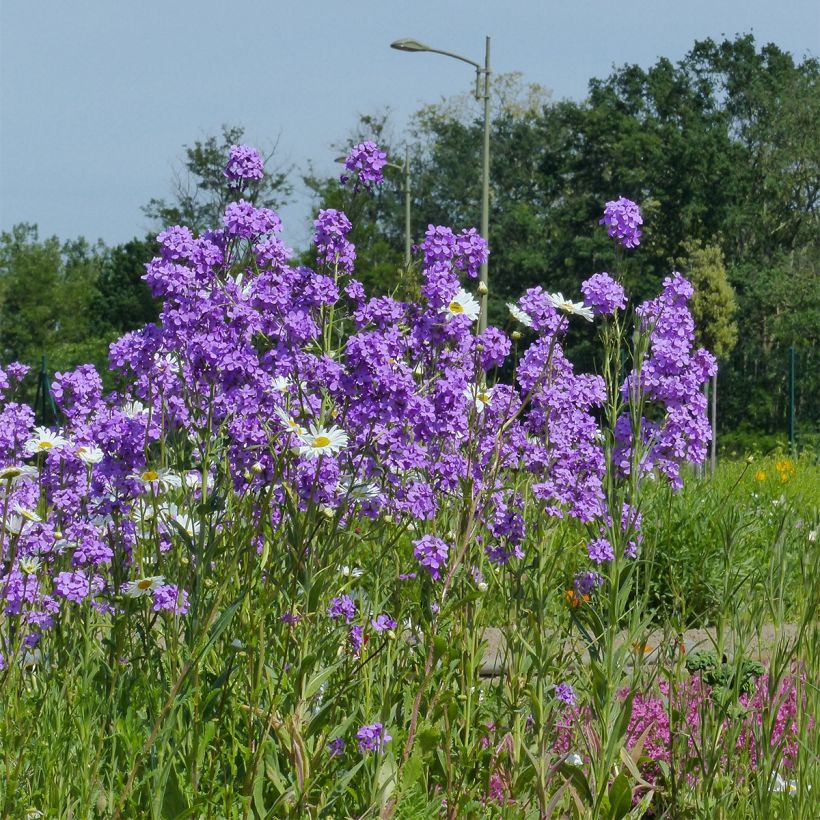

Flowering
Foliage
Plant habit
Botanical data
Hesperis
matronalis
Brassicaceae
Dame's Rocket, Damask Violet, Dame's Violet, Night-scented Gilliflower, Queen's Gilliflower, Summer Lilac, Sweet Rocket, Mother-of-the-evening, Winter Gilliflower
Central Europe
Other Thompson and Morgan seeds
Planting and care
Sowing:
Sow Dame's Rocket from May to June for planting out in autumn.
Sow outdoors in well-prepared soil or in a greenhouse. Loosen it and crumble the soil carefully before sowing. Bury the seeds to a depth of 12 mm (1in), in rows spaced 30cm (12in) apart. Thin out the seedlings, leaving only one plant every 15 to 30cm (6 to 12in), and transplant the extra plants a bit further away to ensure well-developed plants when transplanting in autumn.
Alternative method: mix the seeds with those of another annual wild plant and scatter the mixture in small patches in a border or a meadow. Thin out if necessary. The plants will self-seed in the following years if you don't remove all the faded flowers.
Space the plants 30cm (12in) apart. Choose a sunny but not scorching, or partially shaded location.
Cultivation:
Hesperis matronalis prefers humus-rich, moist, well-drained soil, but it will thrive in any type of soil and almost any exposure. Remove the flowers as they fade to encourage flowering, and remember to replace the plants by sowing under cover in autumn. The young shoots are coveted by slugs and snails which are its main enemies.
Sowing period
Intended location
-
, onOrder confirmed
Reply from on Promesse de fleurs
Flower seeds
Haven't found what you were looking for?
Hardiness is the lowest winter temperature a plant can endure without suffering serious damage or even dying. However, hardiness is affected by location (a sheltered area, such as a patio), protection (winter cover) and soil type (hardiness is improved by well-drained soil).

Photo Sharing Terms & Conditions
In order to encourage gardeners to interact and share their experiences, Promesse de fleurs offers various media enabling content to be uploaded onto its Site - in particular via the ‘Photo sharing’ module.
The User agrees to refrain from:
- Posting any content that is illegal, prejudicial, insulting, racist, inciteful to hatred, revisionist, contrary to public decency, that infringes on privacy or on the privacy rights of third parties, in particular the publicity rights of persons and goods, intellectual property rights, or the right to privacy.
- Submitting content on behalf of a third party;
- Impersonate the identity of a third party and/or publish any personal information about a third party;
In general, the User undertakes to refrain from any unethical behaviour.
All Content (in particular text, comments, files, images, photos, videos, creative works, etc.), which may be subject to property or intellectual property rights, image or other private rights, shall remain the property of the User, subject to the limited rights granted by the terms of the licence granted by Promesse de fleurs as stated below. Users are at liberty to publish or not to publish such Content on the Site, notably via the ‘Photo Sharing’ facility, and accept that this Content shall be made public and freely accessible, notably on the Internet.
Users further acknowledge, undertake to have ,and guarantee that they hold all necessary rights and permissions to publish such material on the Site, in particular with regard to the legislation in force pertaining to any privacy, property, intellectual property, image, or contractual rights, or rights of any other nature. By publishing such Content on the Site, Users acknowledge accepting full liability as publishers of the Content within the meaning of the law, and grant Promesse de fleurs, free of charge, an inclusive, worldwide licence for the said Content for the entire duration of its publication, including all reproduction, representation, up/downloading, displaying, performing, transmission, and storage rights.
Users also grant permission for their name to be linked to the Content and accept that this link may not always be made available.
By engaging in posting material, Users consent to their Content becoming automatically accessible on the Internet, in particular on other sites and/or blogs and/or web pages of the Promesse de fleurs site, including in particular social pages and the Promesse de fleurs catalogue.
Users may secure the removal of entrusted content free of charge by issuing a simple request via our contact form.
The flowering period indicated on our website applies to countries and regions located in USDA zone 8 (France, the United Kingdom, Ireland, the Netherlands, etc.)
It will vary according to where you live:
- In zones 9 to 10 (Italy, Spain, Greece, etc.), flowering will occur about 2 to 4 weeks earlier.
- In zones 6 to 7 (Germany, Poland, Slovenia, and lower mountainous regions), flowering will be delayed by 2 to 3 weeks.
- In zone 5 (Central Europe, Scandinavia), blooming will be delayed by 3 to 5 weeks.
In temperate climates, pruning of spring-flowering shrubs (forsythia, spireas, etc.) should be done just after flowering.
Pruning of summer-flowering shrubs (Indian Lilac, Perovskia, etc.) can be done in winter or spring.
In cold regions as well as with frost-sensitive plants, avoid pruning too early when severe frosts may still occur.
The planting period indicated on our website applies to countries and regions located in USDA zone 8 (France, United Kingdom, Ireland, Netherlands).
It will vary according to where you live:
- In Mediterranean zones (Marseille, Madrid, Milan, etc.), autumn and winter are the best planting periods.
- In continental zones (Strasbourg, Munich, Vienna, etc.), delay planting by 2 to 3 weeks in spring and bring it forward by 2 to 4 weeks in autumn.
- In mountainous regions (the Alps, Pyrenees, Carpathians, etc.), it is best to plant in late spring (May-June) or late summer (August-September).
The harvesting period indicated on our website applies to countries and regions in USDA zone 8 (France, England, Ireland, the Netherlands).
In colder areas (Scandinavia, Poland, Austria...) fruit and vegetable harvests are likely to be delayed by 3-4 weeks.
In warmer areas (Italy, Spain, Greece, etc.), harvesting will probably take place earlier, depending on weather conditions.
The sowing periods indicated on our website apply to countries and regions within USDA Zone 8 (France, UK, Ireland, Netherlands).
In colder areas (Scandinavia, Poland, Austria...), delay any outdoor sowing by 3-4 weeks, or sow under glass.
In warmer climes (Italy, Spain, Greece, etc.), bring outdoor sowing forward by a few weeks.

































